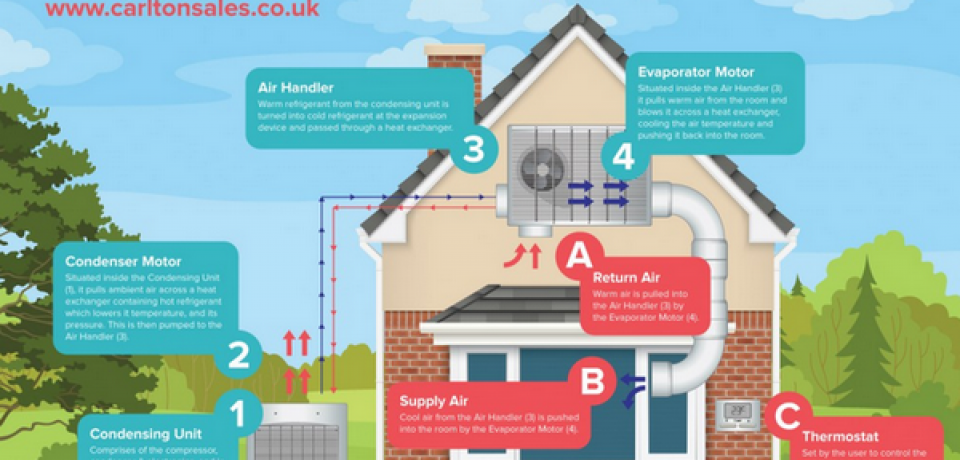Discover The Crucial Methods To Improve The Efficiency And Lifespan Of Your Heatpump System By Preventing Common Installment Errors
Discover The Crucial Methods To Improve The Efficiency And Lifespan Of Your Heatpump System By Preventing Common Installment Errors
Blog Article
Post By-Dowling Cassidy
When installing a heat pump, you should avoid typical blunders that can jeopardize its effectiveness. Ignoring correct sizing might lead to inefficiencies and greater utility costs. Neglecting insulation and sealing can lead to energy waste and pressure on the unit. Additionally, positioning the outdoor unit improperly might affect its performance. By avoiding these mistakes, you can make certain optimum operating and toughness of your heat pump system.
Improper Sizing of Heat Pump
When it involves the setup of heatpump, among one of the most usual blunders is incorrectly sizing the system for your space. Guaranteeing the ideal size is essential for ideal efficiency. If Recommended Web-site is also little, it will certainly have a hard time to warm or cool your area efficiently, leading to boosted power costs and potential deterioration on the unit.
On the other hand, if the heat pump is as well large, it will certainly cycle on and off often, causing temperature level variations and minimizing its lifespan.
To prevent this blunder, it's vital to have a specialist assess your area and recommend the proper dimension of the heatpump based upon factors like square video footage, insulation, ceiling elevation, and local climate. By spending the moment and effort to guarantee the proper sizing, you can appreciate a comfortable atmosphere while taking full advantage of power effectiveness and prolonging the life-span of your heatpump.
Inadequate Insulation and Sealing
To make certain the effective operation of your heat pump, it's crucial to resolve poor insulation and securing in your area. https://www.wishtv.com/news/local-news/tips-for-keeping-your-air-conditioning-running-during-heat-wave/ preserve a consistent temperature level indoors, minimizing the workload on your heat pump. Inadequate insulation can lead to power loss, making your heatpump work harder and less successfully.
Securing any kind of spaces or leaks in your space is equally vital. These voids permit conditioned air to escape and outdoor air to leak in, compeling your heat pump to compensate for the temperature level changes.
Incorrect Placement of Outdoor Unit
Attending to the placement of your heatpump's exterior system is essential to enhancing its performance. Installing ventilation systems in an inaccurate place can cause effectiveness issues and potential damage to the device.
One usual mistake to prevent is putting the exterior system as well near to a wall surface or other frameworks. This can restrict air flow, causing the system to function tougher to warmth or cool your area, eventually decreasing its effectiveness and life-span.
One more mistake to stay away from is putting the outside device in straight sunshine. While some sunshine is inescapable, too much exposure can bring about getting too hot, especially during hot summertime days. It's finest to position the exterior unit in a shaded area to help preserve its optimum operating temperature.
Additionally, see to it that the outside system is positioned on a stable and level surface. Uneven ground can create resonances and unneeded pressure on the system, influencing its performance over time.
Conclusion
To conclude, preventing common mistakes during heat pump installation is vital for making best use of performance and durability of your system. By ensuring proper sizing, adequate insulation, sealing, and right placement of the outside system, you can protect against concerns such as ineffectiveness, increased power expenses, and pressure on the unit. Putting in the time to address these vital aspects will inevitably conserve you money and time in the long run.
